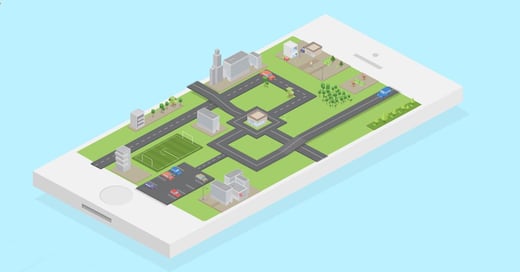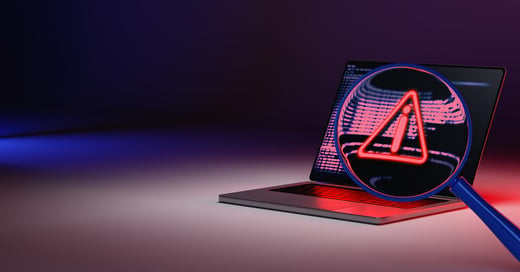Though no longer a new idea, the Internet of Things (IoT) is also far from being a mature idea. With predictions listing the total number of active, installed, wirelessly connected devices doubling from 16 billion in 2015, the thought of cybercrime and cybersecurity can escape no one. Daily reports showing the latest trends and statistics continue to pour in. The latest reports estimate the global cyber security market to grow to USD 202.36 billion by 2021, at a Compound Annual Growth Rate (CAGR) of 10.6%.
As mentioned previously in the driving force of cybercrime, the future of many organizations and industries alike may be determined by actions taken now, as many attempts to change the focus from reactive to proactive.
But, should there be a shift in focus?
Data Explosion
Perhaps the better question isn't as much about the shift in focus, rather it is about a shift in data. With the growth of IoT comes to an explosion of data that gets generated by each of these devices, devices not limited to the consumer level.
- Within the manufacturing spectrum, robots may interact with hundreds of different sensors to accomplish scheduled tasks and in doing so, produce tens of thousands of data points daily for engineers to analyze in the ongoing quest for efficiency.
- As Big Data points out, pharmaceutical companies and their continued investment, creation, and collection of real-world evidenced data utilize the collected information to help impact treatment options, reduce costs, and improve patient outcomes.
- In private homes, temperature sensors can interact with the home’s heating and cooling system to dial in the exact desired temperatures based on the weather forecast service being piped into the home’s backend computer system. Meanwhile, computer algorithms with machine learning capability will constantly analyze the wants and desires of the home’s residents to make sure the environment is as comfortable as possible.
Wearables
Wearable technologies such as fitness bands track locations, health data, and even the types of products you reach for or look at in retail stores, assuming they too are connected to the IoT. The amount of data capable of being tracked through wearable technology alone is difficult to estimate, but Boston Consulting Group has estimated the value of personal data collected by wearable technology will reach the $1 trillion mark by 2020.
Up until now, the development and maturation process of these technologies have focused mainly on finding uses for these IoT-connected devices and building out the technology ecosystem. Developers have also spent a significant portion of their time creating backend databases, which allow for the data to be processed, analyzed, and acted upon. Again, perhaps a question needs to be asked.
Should there be a shift in focus?
Staying Ahead of the Curve
The final piece of the puzzle that remains poorly developed is the security aspect of these technologies. The hacking community has consistently shown that they are capable of being two steps ahead of cybersecurity professionals, and IoT devices are certainly not immune to this trend.
IoT devices can be the victims of physical (in the cyber world sense) attacks due to the inherent connectivity of these devices. Devices can either be altered to perform unintended functions or told to transfer their data to unauthorized databases run by nefarious individuals. Either way, the potential for financial loss is significant, and current security measures make participants in the IoT market uniquely exposed to risk.
Data explosion is just one factor contributing to current cybercrime issues. Download Cimcor's 2016 State of Cybercrime Report for additional perspectives regarding the state of security and cybercrime in the coming months.
Tags:
Cybersecurity
August 11, 2016




